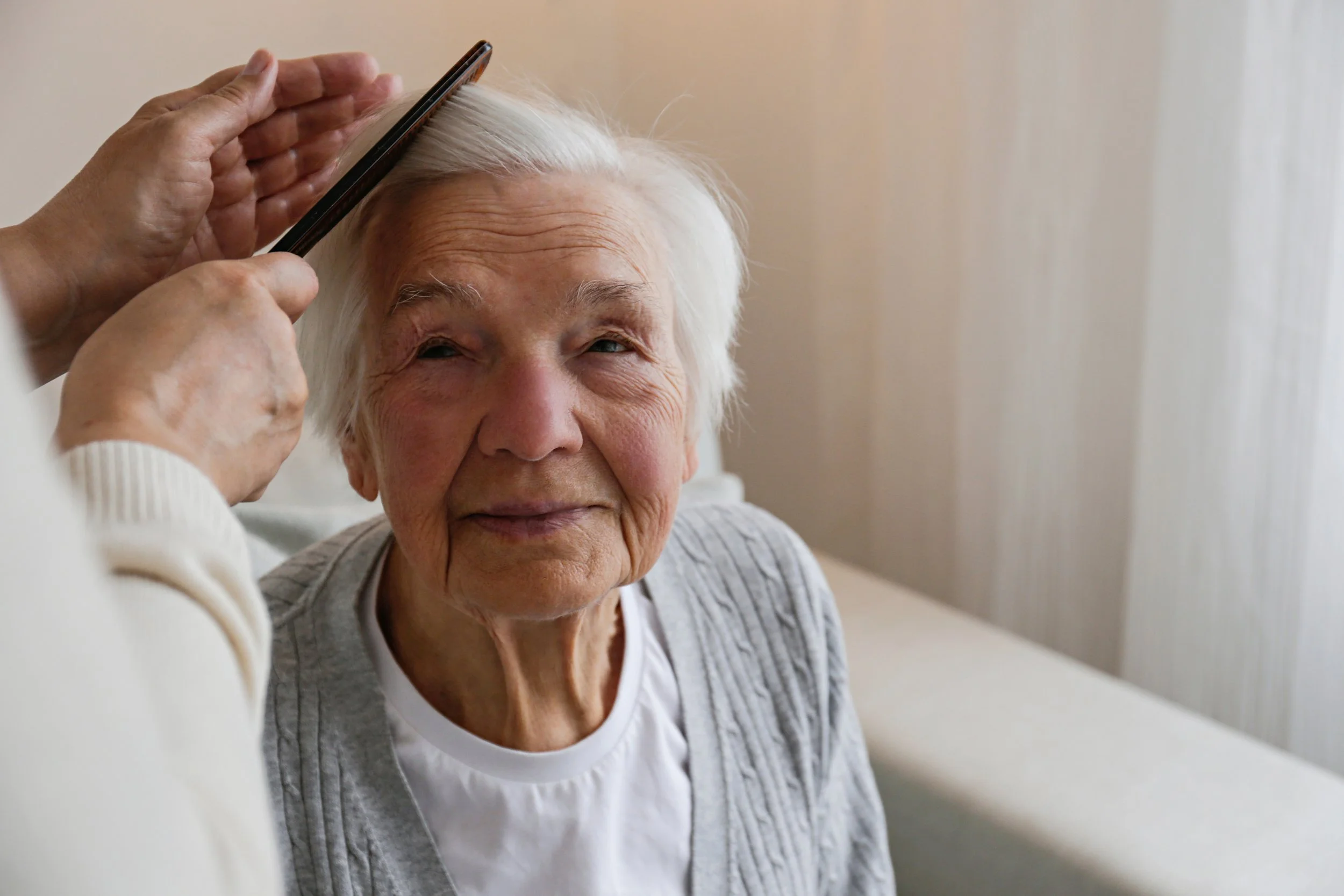A care ecosystem is exactly what it sounds like: a complementary network of multidisciplinary professionals who deliver care. This includes primary providers, specialists, physicians at hospitals, pharmacists, payers, social workers, transitional care providers, psychiatrists, community health workers, care team navigators and more. Day-to-day patient care is often managed by informal caregivers, family members, friends or neighbors of the patient who must learn to navigate the health care system without formal training. The number of informal caregivers in the United States continues to grow, with one out of every five American adults now providing care each year.
The ability of the care ecosystem to improve or sustain the overall health and well-being of patients hinges on its ability to deliver communication that’s relevant, timely and readily understood. And this is where the system too often breaks down. Care ecosystems often succeed or fail based on the quality of communication across their separate elements.
Barriers to communication within the care ecosystem
Care ecosystems can lack a clear sense of authority or a widely shared communication pathway. It’s sometimes difficult for members, particularly caregivers, to even identify all the stakeholders. This can result in silos of information, with one specialty team being unaware of how another is delivering care. In-home health care professionals might not be fully briefed on new protocols or medication regimes. Informal caregivers may be left unsure of the best way to get questions answered, to set priorities or to clarify complex medical information.
On top of this, a patient’s or caregiver’s access to technology, translation services and health literacy can play a big part in how well they’re able to receive, understand and carry out care directives. More than 200 languages are spoken in the United States, with approximately 25 million people speaking English at a level below “very well.” As many as half of U.S. adults have limited literacy skills. Even more Americans — up to 9 in 10 — have limited health literacy skills.
Personalized communication is essential. It contributes to a sense of trust, which has long been linked to high-quality health care, but it’s also crucial for improving health equity for individuals from underserved populations. This includes populations whose members have limited or no English proficiency, are from a culture that is not well understood by providers and staff, or have limited health literacy skills.
Timely, considerate and relevant communication helps build the foundation of a successful patient-caregiver-provider relationship. But in a recent survey conducted by AARP, 39% of providers said making time for caregiver interactions was a problem for them, and 61% also said it was an issue for their colleagues, including receptionists and nurses.
Closing gaps for more effective communication
How can health care systems improve and support healthy communication among all stakeholders in a care ecosystem?
Here are six strategies to consider:
Maintain brand consistency. The health care experience is fractured and, often, mergers and acquisitions create even more brand confusion for the consumer. Keeping brand messaging consistent in all environments and maintaining a consistent “always-on” cadence to educational communications fosters trust and establishes a solid foundation upon which to build.
Know your audience. It’s important to consider culture, language and social drivers of health when developing your communication plan. Health systems need to understand the scope of the entire network of people involved.
Meet patients and caregivers where they are. Communicating well with consumers throughout their health journey requires a multichannel strategy that responds to the needs of the individual. The ability to effectively blend digital and in-person channels of communications requires taking time to learn about and consider an individual’s background, experiences and preferences.
Embrace cultural humility. Cultural humility goes beyond cultural competence. It’s an ongoing practice of listening, asking questions, and having a learner’s mindset when learning about a patient or caregiver to move beyond bias and assumptions.
Combine digital and analog channels. While it’s easy to get caught up in using the latest high-tech tools and capturing data, remember that this isn’t a priority for informal caregivers. Always make sure to match the technology to the task. Simple text messages from providers or notebooks that track all care delivered by in-home caregivers can be highly effective.
Incorporate human-centered design into communication practices. Human-centered design considers human needs and then takes a systemic and humane approach to meeting these needs. In health care, applying human-centered design can be an effective way to improve overall communication, from training providers to screening patients or caregivers for communication barriers to formalizing patient follow-up after each visit or interaction.
As people live longer and with more complex and chronic conditions, they must rely on more professional care and informal caregiving. To respond to the changing nature and duration of patient care, we must also evolve the methods and tactics used to communicate about it.
Interested in transformation in healthcare?
Read our insights.

